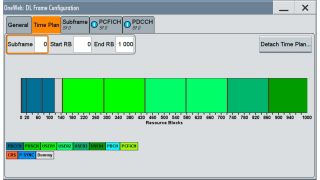Generate OneWeb-compliant signals for receiver tests
The OneWeb satellite constellation provides global broadband data access to almost every user. Via user terminals, the satellite connects the remote users to the ground station, which has access to the terrestrial broadband network. Receivers and RF equipment in the OneWeb ground stations and the user terminals need to handle high-speed microwave data links.









